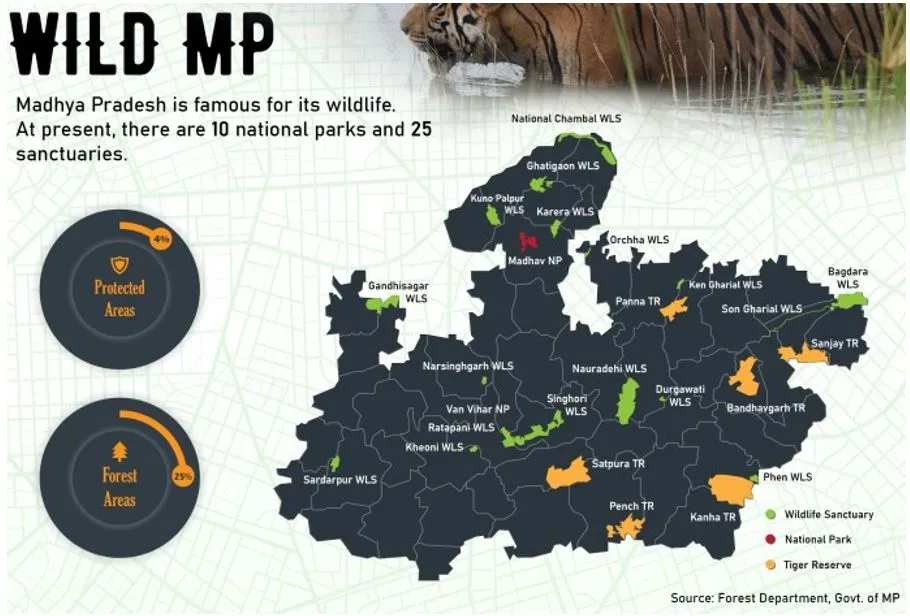

8th February 2025 (10 Topics)
Context
In a latest development, five adult cheetahs—comprising two female cheetahs and three 13-month-old cubs—were released into the wild at Kuno National Park (KNP), Madhya Pradesh. This is the first time that cheetah cubs have been released into the wild in India as part of the project.
About Project Cheetah
- India’s ambitious Project Cheetah is aimed at reintroducing cheetahs into the country after an absence of 70 years.
- The cheetah had become extinct in India by the 1950s.
- The project was launched to restore the species and boost conservation efforts, with Kuno National Park (KNP) in Madhya Pradesh selected as the key site for this initiative.
- Progress:
- 2022: The first batch of 8 cheetahs was translocated from Namibia to Kuno National Park, marking the start of Project Cheetah.
- 2023: A second batch of 12 cheetahs was brought from South Africa to Kuno.
- 2024: Two cheetah cubs were born, increasing the population at Kuno to 26.
- February 2025: Five adult cheetahs, including cubs, were released into the wild, marking a milestone for the project.
- Now, the total number of cheetahs at Kuno National Park is 26—comprising 14 cubs and 12 adults.
Fact Box:About Cheetah:
Kuno National Park
|


